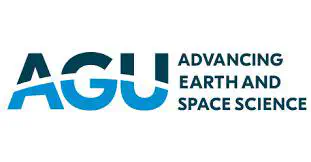Beyond Reduction of Runoff: Examining the Added Benefits of Widespread Urban Greening
 Image credit: AGU
Image credit: AGUAbstract
Urbanization substantially modifies surface water and energy cycles. Compared to natural vegetation, paved urban surfaces produce more runoff, trap more heat, and lower evapotranspiration. At the same time, increases in extreme rainfall and heat generated by climate change are amplified in urban areas due to positive atmospheric feedbacks between urban heat islands and precipitation processes, which can lead to an exacerbation of hydrologic impacts like flooding. In response, many cities are implementing urban resiliency plans that feature nature-based solutions or green infrastructure, which reduce the hydrologic impacts of urban spaces by more closely mirroring processes of surrounding natural watersheds. These plans further promise to reduce urban heat through adding tree canopy which shade pavements and enhance evaporative cooling, hinting at potential benefits to urban heat and climate feedbacks, but these have yet to be explored rigorously at scales actionable to city decision makers. In this project, we developed a new land surface model capable of resolving fine-scale hydrologic processes and heterogeneity in urban spaces, Noah-MP for Heterogenous Urban Environments (HUE), to examine the impact of widespread climate adaptation policy has on a regional climate. We present a suite of multi-year coupled regional climate simulations centered on the coastal city of Milwaukee, Wisconsin at convective permitting scales that represents their urban green infrastructure program as different cases of greening from current baseline conditions. We show that more greening leads to a reduction of runoff throughout the warm season, although partitioning of runoff reduction between evapotranspiration and deep drainage varies year to year. We also examine how changes in sensible and latent heat fluxes affect near surface meteorology within the city, and how regional atmospheric processes such as lake breeze coupling during warm days and changes to atmospheric stability. We further show that how urban greening leads changes in the event totals, intensities, and seasonal averages of urban rainfall. Our results highlight that widespread urban greening changes not only urban hydrology but also urban hydrometeorology and thus should be examined in the evaluation of urban greening initiatives worldwide.